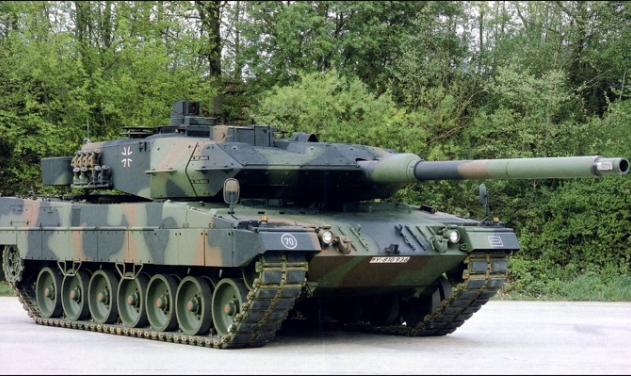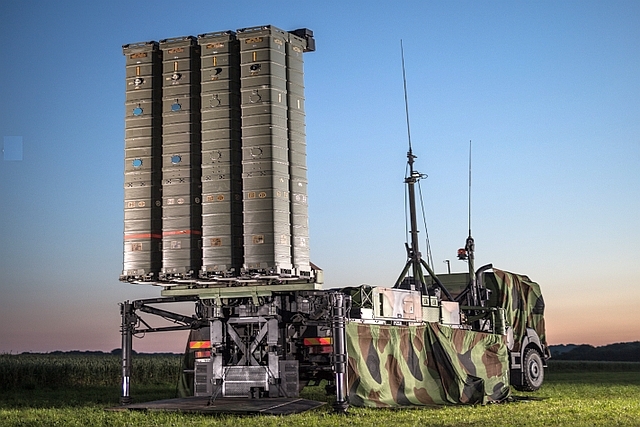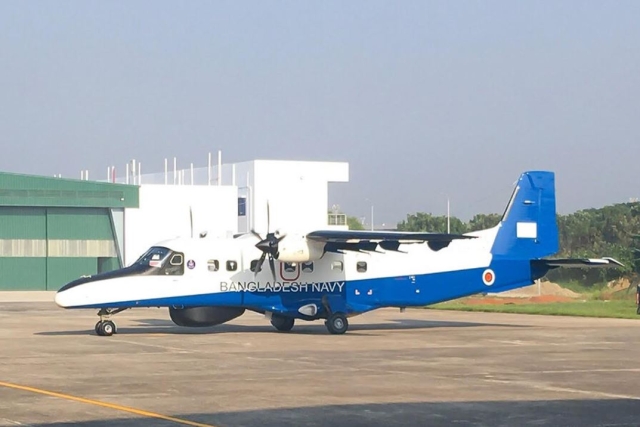Raytheon Successfully Tracks Simulated Anti-Air Warfare Targets Using AMDR
Raytheon announced Monday that its Air and Missile Defense Radar (AMDR) software successfully tracked a simulated Anti-Air Warfare (AAW) target.
The AAW target tracking was demonstrated using the working software for the US Navy during a recent Software Build Review.
"Our Navy team plays an integral role in the agile development process, promoting an exceptional level of collaboration and transparency – from program planning through every phase of execution," said U.S. Navy Captain Doug Small, PEO IWS 2.0, AMDR program manager. "We're seeing the program progress continually and the capabilities of this complex radar mature, evolve and deliver."
Agile methods promote accelerated development, early risk mitigation and increased software maturity. Segmented into monthly software increments or "sprints" that go through the full development cycle – requirements, design, implementation, integration and test – issues, errors or defects are identified and resolved early, not after all code has been written and functionality built in. The pace of Agile speeds the cycle time from development to simulation, the frequency of deliveries into system integration, and the cadence of overall program progress.
AMDR's first software build was validated with the track-loop simulation. The software detected the incoming AAW target and effectively tracked its path using data and feedback from the radar. The build also included ballistic missile search and initial track as well as other operational functionality, such as start-up/shut-down, and the initial framework to support hardware integration.
"By leveraging the agile process, as well as reuse of radar software architecture, simulation data, and experience gained during the Technology Demonstration phase, execution of the AMDR program continues on-schedule," said Raytheon's Tad Dickenson, AMDR program manager. "The program continues to advance toward targeted radar delivery for the first DDG 51 Flight III ship in 2019."
AMDR is the next-generation integrated air and ballistic missile defense radar for the US Navy, filling a critical capability gap for the surface fleet. It is the first truly scalable radar, built with radar building blocks that can be grouped to form any size radar aperture, either smaller or significantly larger than today's SPY 1D(V).
AMDR provides the DDG 51 Flight III with service life allowances to support growth for adding capabilities or adapting for future threats. Designed for high availability and reliability, AMDR provides exceptional capability and performance compared to SPY-1 – and at a comparable price and significantly lower total ownership cost.










